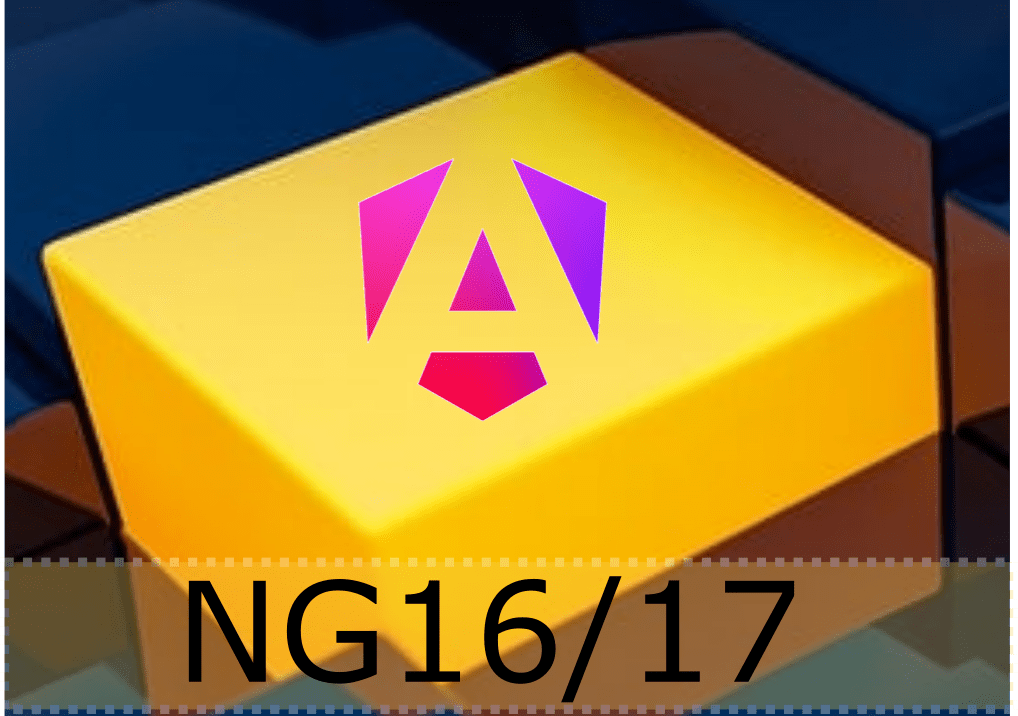J2EE war recht komplex und unübersichtlich, was viele durchaus zu Recht zu anderen Plattformen getrieben hat. Seit Java EE 5/6/7 ist das Thema aber deutlich verbessert: Der Fokus liegt nun eindeutig auf der Unterstützung der Entwickler und nicht mehr, wie zuvor, auf der für den Betrieb notwendigen Technik.
Durch Java 8 läßt sich nun noch eine weitere Verschönerung erreichen. Damit werden Java-EE-Anwendungen deutlich strukturierter!
Das folgende kleine Java-8-Programm tut den Trick:
package de.gedoplan.beantrial;
import java.io.IOException;
import java.nio.file.Files;
import java.nio.file.Paths;
import java.util.stream.Collectors;
public class SourceCleaner
{
public static void main(String[] args) throws IOException
{
for (String filename : args)
{
Files
.lines(Paths.get(filename))
.flatMapToInt(line -> line.codePoints())
.mapToObj(i -> Character.valueOf((char) i))
.collect(Collectors.groupingBy(x -> x, Collectors.summingInt(x -> 1)))
.entrySet()
.stream()
.map(e -> new String(new char[e.getValue()]).replace('\0', e.getKey()))
.forEach(System.out::println);
}
}
}Aus einer unübersichtlichen Quelle wie der folgenden
package de.gedoplan.seminar.cdi.demo.intercept.interceptor;
import java.io.Serializable;
import javax.inject.Inject;
import javax.interceptor.AroundInvoke;
import javax.interceptor.Interceptor;
import javax.interceptor.InvocationContext;
import javax.transaction.Status;
import javax.transaction.SystemException;
import javax.transaction.UserTransaction;
import org.apache.commons.logging.Log;
/**
* Interceptor-Implementierung zu {@link TransactionRequired}.
*
* @author dw
*/
@TransactionRequired
@Interceptor
public class TransactionRequiredInterceptor implements Serializable
{
private static final long serialVersionUID = 1L;
@Inject
Log logger;
@Inject
UserTransaction userTransaction;
/**
* Interceptor-Arbeitsmethode.
*
* @param invocationContext InvocationContext
* @return Returnwert
* @throws Exception bei Fehlern
*/
@AroundInvoke
public Object manageTransaction(InvocationContext invocationContext) throws Exception
{
// Falls schon eine TX aktiv, Methode direkt aufrufen
if (isTransactionActive())
{
return invocationContext.proceed();
}
// TX beginnen
if (this.logger.isDebugEnabled())
{
this.logger.debug("Begin tx");
}
this.userTransaction.begin();
try
{
// Methode aufrufen
Object result = invocationContext.proceed();
// TX committen
if (this.logger.isDebugEnabled())
{
this.logger.debug("Commit tx");
}
this.userTransaction.commit();
return result;
}
catch (Exception e) // CHECKSTYLE:IGNORE Allgemeine Exception ist hier OK
{
// TX zurückrollen
if (this.logger.isDebugEnabled())
{
this.logger.debug("Rollback tx");
}
try
{
this.userTransaction.rollback();
}
catch (Throwable ignore)
{
}
throw e;
}
}
// Ist die TX aktiv?
private boolean isTransactionActive() throws SystemException
{
return this.userTransaction.getStatus() == Status.STATUS_ACTIVE;
}
}
wird die folgende, übersichliche und auch kürzere Form:
""""""
(((((((((((((((((((((
)))))))))))))))))))))
**************
,
--
...................................................
//////////////////
1
:
;;;;;;;;;;;;;;;;;;;;;;;;
====
?
@@@@@@@@@@
AAAAAAAA
B
CCCCCCCCCCC
DDDD
EEEEEEEEEEEEE
FF
G
H
IIIIIIIIIIIIIIIIII
KK
LLLL
MM
N
OOOO
RRRRRR
SSSSSSSSSS
TTTTTTTTTTTTTTTTTTTTTTT
UUUU
VV
XXXXX
Y
_
aaaaaaaaaaaaaaaaaaaaaaaaaaaaaaaaaaaaaaaaaaaaaaaaaaaaaaaaaaaaaaaaaaaaaaaaaaaaaaaaaaaaaaaaaaaaa
bbbbbbbbbbbbbbbbbbbbbbb
ccccccccccccccccccccccccccccccccccccccccccccccccccccccccccccccccccc
ddddddddddddddddddddddd
eeeeeeeeeeeeeeeeeeeeeeeeeeeeeeeeeeeeeeeeeeeeeeeeeeeeeeeeeeeeeeeeeeeeeeeeeeeeeeeeeeeeeeeeeeeeeeeeeeeeeeeeeeeeeeeeeeeeeeeeeeeeeeeeeeeeeeeeee
fffffffff
ggggggggggggggggggggggggggggggggggggg
hhhhhhhhhhhhhhhhhhhhhhhhh
iiiiiiiiiiiiiiiiiiiiiiiiiiiiiiiiiiiiiiiiiiiiiiiiiiiiiiiiiiiiiiiiiiiiiiiiiiiiiiiiiiiiiiiiiiiiiiiiiiiiiiiiiiii
jjjjjjjjjjjjjj
kkkkkkkkkk
llllllllllllllllllllllllllllllllllllllll
mmmmmmmmmmmmmmmmmmmmmmmmmmmmm
nnnnnnnnnnnnnnnnnnnnnnnnnnnnnnnnnnnnnnnnnnnnnnnnnnnnnnnnnnnnnnnnnnnnnnnnnnnnnnnnnnnnnnnnnnnnnnnnnnnnnnnnnnnnnnnn
oooooooooooooooooooooooooooooooooooooooooooooooooooooooooooooooooooooooooooooooooooooooooooooooooooooooo
ppppppppppppppppppppppppppppppppppppp
qqq
rrrrrrrrrrrrrrrrrrrrrrrrrrrrrrrrrrrrrrrrrrrrrrrrrrrrrrrrrrrrrrrrrrrrrrrrrrrrrrrrrrrrrrrrrrrrrrrrrrrrrrrrr
sssssssssssssssssssssssssssssssssssssssssssssssssssssssssssss
ttttttttttttttttttttttttttttttttttttttttttttttttttttttttttttttttttttttttttttttttttttttttttttttttttttttttttttttttttttttttttttttttttttttttttttt
uuuuuuuuuuuuuuuuuuuuuuuuuuuuuuuuuuuu
vvvvvvvvvvvvvvvvvvvvvvv
wwwwwww
xxxxxxxxxxxxxxxxxxxxxxx
yyyy
zzzz
{{{{{{{{{{{{
ü
}}}}}}}}}}}}
Probieren Sie’s aus. Es funktioniert übrigens nicht nur für Java-Quellen, sondern auch für JavaScript, HTML, ja sogar für C#!






